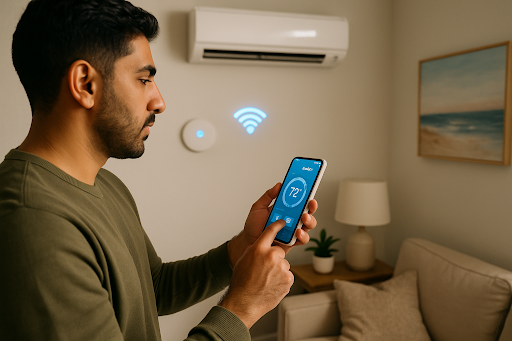How IoT Improves Building Climate Control
In today’s cities, air moves by instruction. Invisible signals pass between sensors, motors, and servers that guide the heat and cool of every floor. A century ago, temperature was managed by instinct and simple switches. Now, coded systems learn habits and react before people notice the change.
This new precision depends on the Internet of Things. Small sensors and networked processors form quiet partnerships that control comfort and save power. 1xbet سایت اصلی belongs to the same digital pattern, where data moves constantly between users and systems. Both rely on live feedback and timing. Whether it is airflow through a hall or odds refreshed online, the rule is the same: accurate data builds trust.
How connected systems think
The first automated thermostats appeared in factories nearly eighty years ago. Engineers built them to protect machinery from heat. Today, the idea extends into homes and offices through IoT devices that observe behaviour and adjust without touch. Each sensor measures air quality, temperature, and movement, then feeds that stream into learning software.
Instead of reacting to complaints, systems act before discomfort appears. A window opening or a rise in sunlight changes ventilation instantly. Studies by building consultants show energy cuts of up to one-third in such managed environments.
Main functions often include:
- Temperature and occupancy sensors that cooperate
- Cloud panels where facility staff read live performance
- Algorithms predicting daily comfort cycles
These details turn architecture into a responsive structure rather than a fixed shell.
Shared digital logic
The structure behind IoT mirrors what supports data platforms and online analysis. Industries from energy to betting depend on the same feedback rhythm: collect, interpret, adjust. Both need uninterrupted signal flow and secure storage.
When climate systems react to humidity or motion, they follow the same principle as analytics predicting sport results. Each change updates a larger pattern. These parallels show how technology builds bridges between separate fields through shared timing and precision.
Practical outcomes
For owners and managers, connected systems reduce guesswork. Maintenance shifts from emergency repair to quiet prevention. Sensors note irregular vibration or airflow and flag service before breakdowns happen.
Typical advantages include:
- Fewer technician visits and lower repair costs
- Stable indoor conditions during sudden weather swings
- Noticeable savings on electricity bills
In many new towers and residential projects across Asia and the Middle East, IoT is now designed from the blueprint stage, treated as an essential utility like water or power.
Regional perspective
In Iran, the blend of tradition and engineering defines modern design. Builders use deep balconies, courtyards, and natural ventilation inherited from older architecture. IoT tools fit neatly into that logic. They respect the balance between climate, culture, and efficiency.
Local engineers adapt global hardware to regional materials and energy plans. The result is technology that supports both comfort and conservation, matching cultural ideas of moderation.
Interlinked industries
Digital infrastructure no longer stays inside one field. The same servers hosting climate data process entertainment, payments, and statistics. Betting platforms, streaming services, and logistics companies share similar backbones of code and sensors.
That overlap creates cooperation. Software developers who manage IoT data also design analytical dashboards for finance and gaming. Energy firms borrow encryption from online payment systems. Knowledge moves sideways across sectors, widening digital literacy in the region.
Looking ahead
Automation will grow more personal. Buildings will recognise individual patterns through voice or movement and tune settings room by room. Artificial intelligence will manage air, light, and sound as one system instead of three.
This path repeats an older human instinct. Centuries ago, architects studied wind, light, and orientation to keep interiors calm. Today’s programmers use data for the same purpose. The language has changed, but the aim remains constant: comfort through awareness. IoT is simply the newest expression of that continuity, guiding how modern spaces breathe and adapt.




